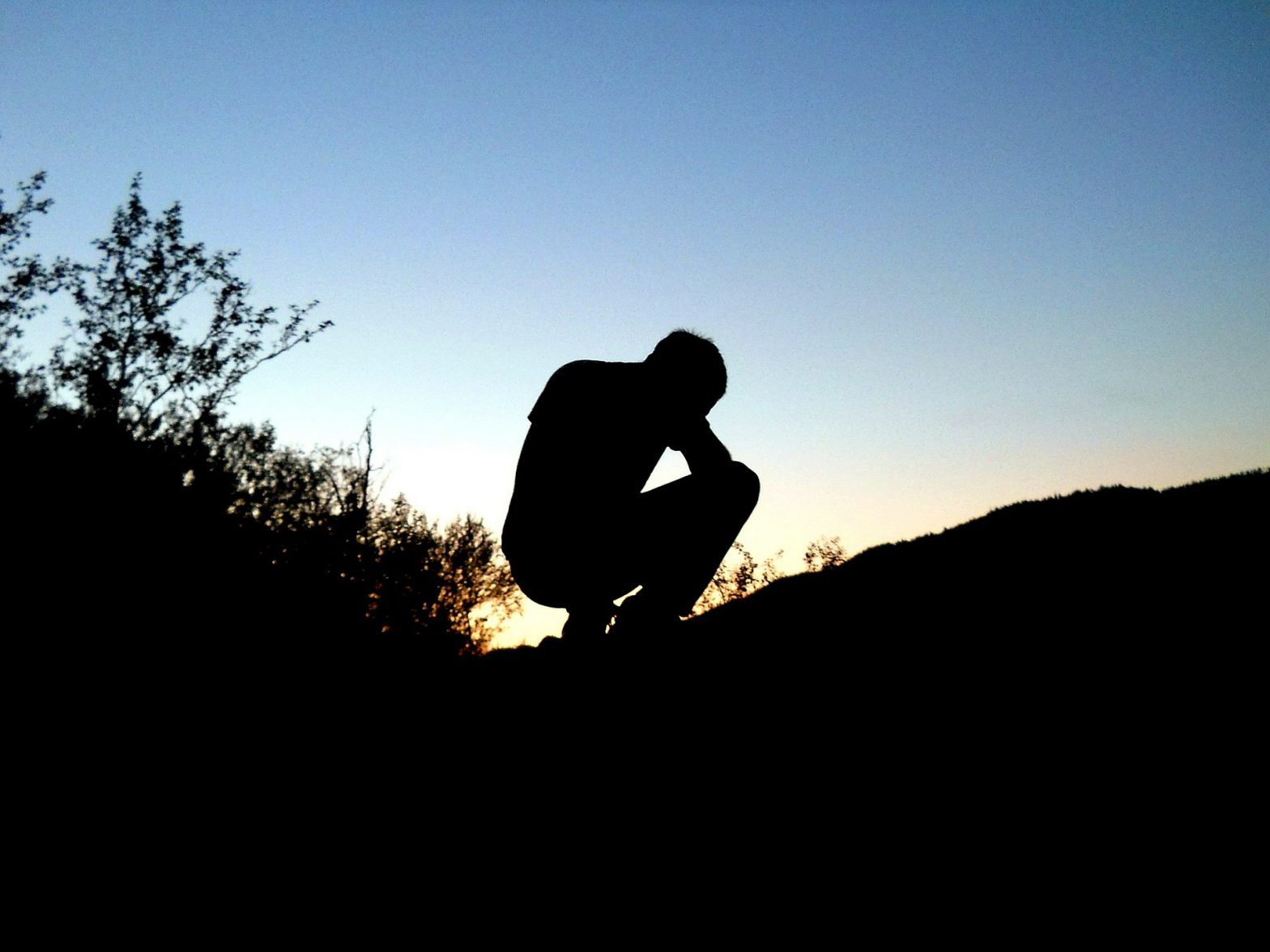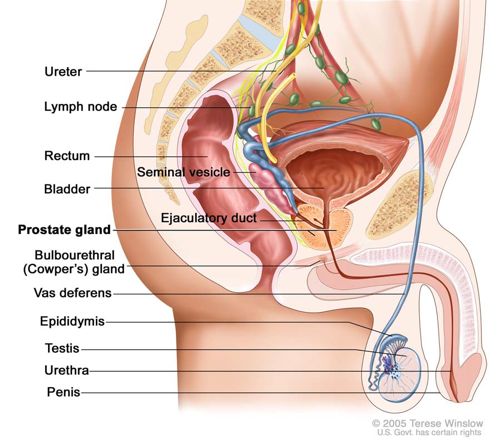If you are reading this, the chances are that you have already been infected by the dreaded COVID-19 coronavirus and recovered (or you would not be reading this). In the unlikely event that you have not been exposed to the virus yet, this is intended to help you. I will also assume that your access to information has been limited so apologies to everyone who is aware of all the facts, which I will keep to a minimum.
a) What to do if you think you are infected
A lot will depend here whether or not you are in a country where the jail authorities are capable or willing to do anything to help.
The tell-tale signs of infection are a fever and a cough which should appear simultaneously. From my own experience, you will know instinctively it is not the flu.
My advice is to STAY PUT, especially for the first week. If you are ‘comfortable’ in your present cell, you may not want to risk getting moved somewhere else, a move which could easily last many months or become permanent. If possible, tell a fellow inmate you trust (if there is one), and ask him to keep an eye on you.
You may also experience loss of taste (could be a blessing in disguise) and loss of smell. One of the two if not both (roughly a 50% possibility).
The average length of time from first day of infection to a serious condition is 5 days but can take up to 8. The only really serious symptom, apart from fear, is shortness of breath.
b) What to do if you experience shortness of breath
If you find it becoming more difficult to breathe than normal, you need to try and stop yourself from panicking (this makes breathing even more difficult), and tell yourself ‘this is par for the course.’
Sit upright, with your back against something if there is something. It is far easier to breathe sitting than lying down.
Then do the following two exercises.
The first, and by far most important, is to learn a technique commonly known as ‘belly breathing’. Breathe slowly through your nose or mouth for a count of 4. As you do that, consciously expand your stomach. Hold for a count of 2 then release the air slowly through your nose or mouth, slowly deflating your stomach at the same time. It can feel very unnatural at first but stick to it and it will become your normal breathing mode after a while. This is the same breathing technique used for yoga and meditation.
The second is a technique discovered by a doctor at a UK hospital.
Sitting upright, breathe in slowly. Hold for a count of 5 then release slowly. Do 5 times then on the 6th time, instead of breathing out slowly, cough strongly. This will release mucus.
This is one set. Do another set of the same.
Then lie on your stomach for about 10 minutes, breathing in more slowly and deeply than usual. Most of your lungs are in your back. Breathing is easier that way than when lying on your back or side, and in accordance with the law of gravity, mucus will become dislodged and easier to cough up. Patients with very severe symptoms have described almost ‘drowning’ in a sea of mucus.
You can repeat this whole process 3 or 4 times daily if you feel up to it.
c) What are the chances of developing a severe condition?
The odds of being ok are overwhelmingly in our favor. 80% of those infected experience from nothing at all (asymptomatic) to very mild symptoms.
20% will develop breathing difficulties but these are rarely life-threatening.
In general, the FEAR FACTOR is worse than the infection itself. What if it gets worse, you will tell yourself. This is why deep breathing and meditation are so important.
d) Who is most at risk
If you are aged 70+ with the following underlying health conditions, you should inform the embassy and your attorney before the first sign of infection : asthma, diabetes, high blood pressure, other heart conditions, cancer. You may have to inform the jail authorities if your access to communication is limited.
e) How long does an infection last?
This is a length of piece of string question. It depends on the individual. My model is the Juventus player Blaise Matuidi, who said it took about a month to recover completely. I have read about individuals taking 6 weeks but this is in extreme cases. From a sanity point of view, reckon on a month and you will not be disappointed if it goes away far quicker than that.
f) Is it possible to avoid infection
In a jail, this is well nigh impossible, so do not stress yourself out further by taking protective measures. Assume that you will be exposed to the virus sooner or later. If you are issued with a mask, think of it in terms of preventing yourself spreading infection to others. In a jail cluster infection, a jail-issued or homemade mask will do jack shit anyway.
g) Are any medications effective for symptoms?
The answer to this question is that nobody knows for sure yet. Paracetamol may help with the fever but not eliminate it. Ibuprofen is not recommended because it is thought to depress your immune system.
If I had been offered a Japanese antiviral medication called Abigan or an American one called Remdesivir (both developed for ebola in recent years) I would have accepted, but refused anything else.
Do not forget to drink plenty of water. PA vitamins should help if you have been able to obtain them. Try and eat as normal to maintain your strength even if you are not hungry.
I discuss my case with nobody apart from the embassy on their all too infrequent visits. As you will have discovered, nearly everyone in a jail will tell you ‘he’ is innocent (gay and transsexual inmates are not separated and experience little discrimination. In fact they are more popular in jail than outside). The more you talk about your case, the more you will be disbelieved. Keeping mum is my policy and it helps. I ask nobody about their case and if they volunteer information, I just nod my head.
Learn yoga and especially meditation. Then do both regularly. Both are arduous and boring at first and meditation takes about two months to have any effect but it has saved my life. And it’s for the rest of my life.




